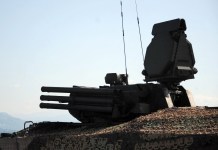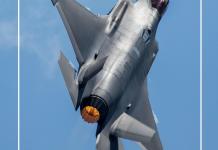The Ukraine war seems to have undeniably changed the laws of modern warfare. In terms of drones, Ukrainian troops have proved the spectrum of operations that they can conduct, leading to ‘massive losses’ for the Russians.
While the Turkish TB-2 continues to make headlines by being at the vanguard of Ukraine’s offensive against enemy troops, several other drones are also gaining traction across the battlefield despite not being as capable as the TB-2.
One such drone, Tu-143 Reys made news after Moscow claimed to have shot it down. On 15 April, Russian Defense Ministry spokesman Igor Konashenkoc announced that Russian air defense systems shot down a Ukrainian Tu-143 Reys unmanned aerial vehicle. The drone, however, appeared to have been knocked down days before the announcement.
Though this is a low-end system that may be easily blown out of the sky by Russian defense systems, Ukraine appears to be pleased with the results it is achieving through this drone in the battle. Experts believe that these obsolete drones are used to locate the enemy air defense systems.
#Ukraine: A Ukrainian Tu-143 Reys unmanned reconnaissance aircraft was shot down by the Russian forces in #Kharkiv. Such obsolete drones are believed to be used to draw out positions of enemy air defense systems. pic.twitter.com/Ix9FhOMe4N
— ?? Ukraine Weapons Tracker (@UAWeapons) April 12, 2022
Tu-143 Reys
The Tu-143 Reys is a reconnaissance UAV developed by the Soviet Union. It began mass manufacture in the 1970s. The drone is equipped with Special sensors, as well as photo, television, and infrared instruments.
This UAV is eight meters long, with wings that span 2.24 meters, according to open-source data. It weighs 1,230 kilos and has a top speed of 950 kilometers per hour. The UAV is capable of operating at a maximum height of 1,000 meters and the flight range is 180 kilometers.

However, Tu-143 Reys isn’t the only Soviet-era drone that Kyiv is employing against its adversary. Another drone, Tu-141, gained attention last month when it crashed in Croatia’s capital after flying from Ukraine’s border to Zagreb.
Following Russia’s annexation of Crimea in 2014, Ukraine modernized and made these drones serviceable. The aircraft, which looks more like a cruise missile than a standard drone, is rocket-launched from its trailer and follows a predefined track at transonic speed while gathering multiple types of intelligence before parachute recovery.

Ukraine is the Tu-141’s sole known active user and its origins can be traced back to its predecessor, the Tu-123, which was first piloted in 1960.
These Soviet-era drones appear to be fulfilling a variety of critical roles for the Ukrainian military. Notably, in addition to locating the enemy air defenses, Kyiv is also said to be using these models as a target drone and possibly also as a decoy.
It is understandable that, while being obsolete systems, these drones, even if just once successful, may be regarded as a considerable asset for Ukraine.
Jesus Roman, a defense enthusiast who spoke with the EurAsian Times, said that there are three plausible explanations for Ukraine’s use of obsolete drones. To begin with, he suggested that these drones may be disguised as planes to sabotage Russian air defense systems.
Second, these drones might be sent while posing as TB-2, and he believes the drone accident in Croatia was a result of this. Finally, these drones may be used to track down Russian Air defense systems and then crash into them afterward, he added.
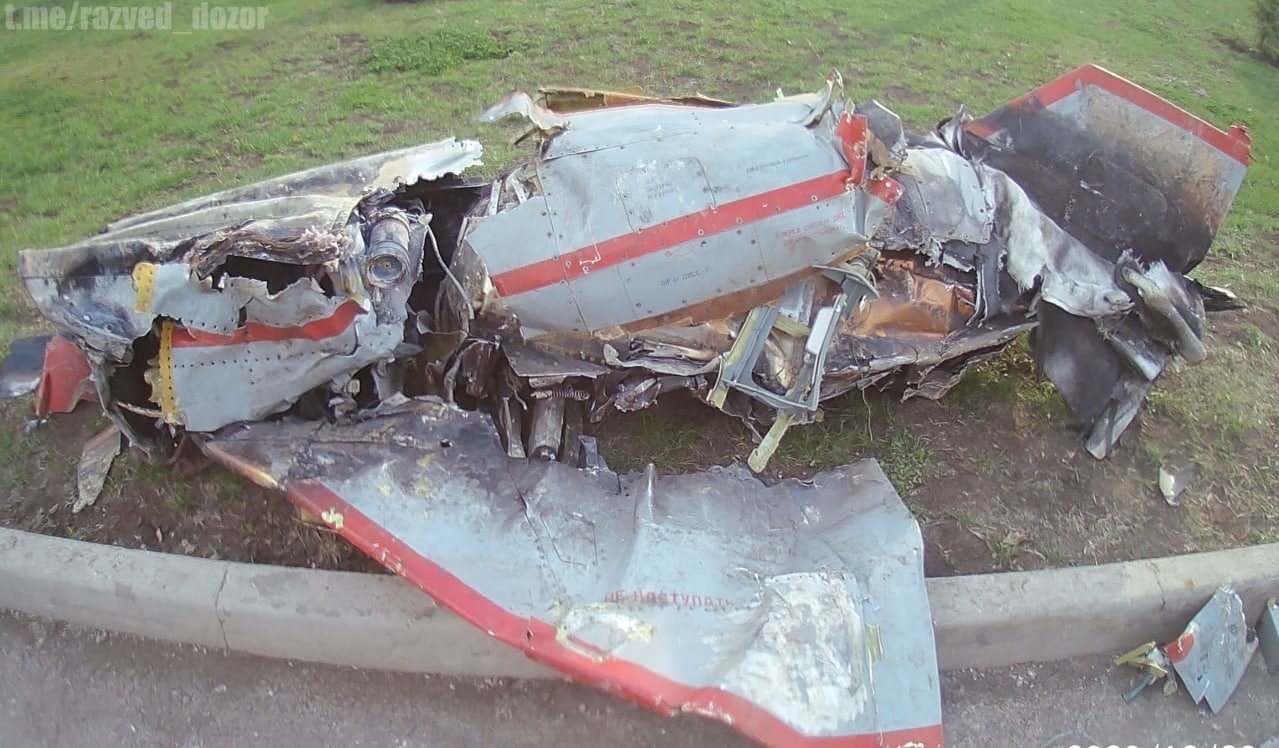
Low-Cost or COTS Drones
In the last few weeks, the Russian Ministry of Defense has also released drone footage of deadly attacks on Ukrainian military assets. Aside from that, various open-source intelligence accounts have been documenting Moscow’s drone-related missions in the ongoing war.
The Kremlin, on the other hand, does not appear to be lagging behind Kyiv and is also employing drones for a wide range of missions. Last month, Ukrainian forces captured an Eniksan E95M target drone, which was reportedly meant to draw out Ukrainian Air Defenses for targeting.
#Ukraine: Ukrainian forces recovered a Eniks E95M target drone in good condition; presumably used to draw out Ukrainian Air Defences for targeting. pic.twitter.com/iSbrqOE0Jr
— ?? Ukraine Weapons Tracker (@UAWeapons) March 2, 2022
Furthermore, commercial drones are also increasingly being used in the current war. These types of drones are being used on both sides because of their cost, flight duration, and range.
Roman noted, “First of all, I know that lots of people are talking about the use of low-cost or COTS (commercial off-the-shelf) drones by Ukrainian units to pinpoint positions and smash them with artillery. Unfortunately, this is nothing new, It is not new by Ukrainians and it is not new by Russians either.”
“While Russians generally would rely back then on the proprietary military systems they have Orlan-10s, although we could open the door if this drone is really up to Western standards when it comes to technology… In any case, because Russians had a doctrinal concept of integrating UAVs and artillery this was easy and straight forwards… this also applies to the electromagnetic spectrum (examples of that is the Zelenopillia attack using MLRS and Orlans all connected to EW systems),” he added.
He went on to explain that “Ukrainians, on the other hand, did not have this doctrinal history with drones and artillery, so they had to start from scratch… they didn’t have “an industry” (not that Russians have a great industry), so they had to start from scratch… that is why they ended up using commercial drones or AliBaba or AliExpress drones heavily modified to use them (like Leleka-100 UAV for example, but not the only one…. sometimes they do not even modify them, like DJI ones).”
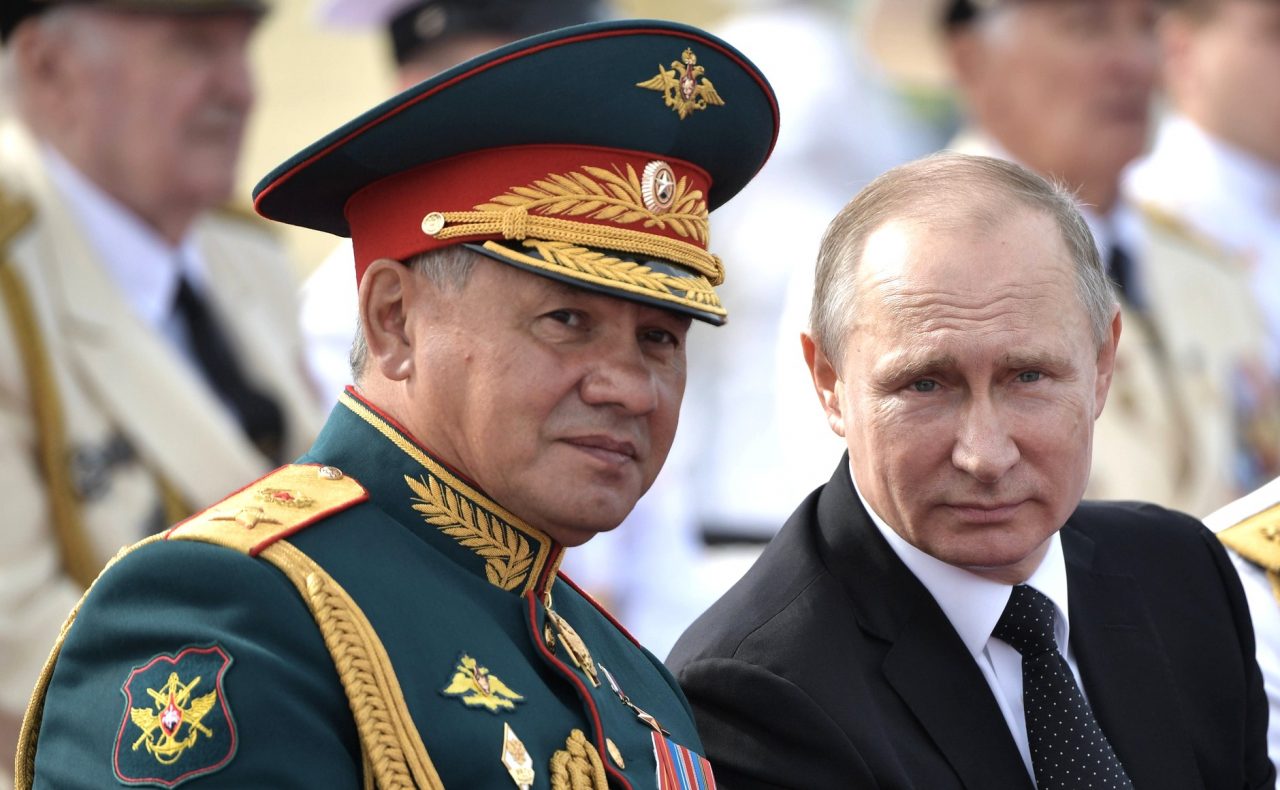
Sergey Shoigu
Russia’s Failure?
Throughout the conflict, Turkish drones have wreaked havoc on Russian forces. TB-2 has certainly become a serious issue for Putin’s forces. This drone has gained notoriety after destroying large numbers of armored vehicles and short-range air defense systems in Syria, Libya, Nagorno-Karabakh, and, most recently, Ukraine.
This drone is also suspected of being involved in the recent sinking of Russia’s 12,000-ton Black Sea flagship, the warship Moskva.
Many defense analysts believe that drones could be stopped from attacking a sophisticated army in two ways. The first option is to take them down with SAM systems or fighter jets.
The second strategy is to employ electronic warfare to interrupt or disable the drone’s crew’s radio data from a mobile ground control station.
Russian troops are known for having a large number of multi-layer short, medium, and long-range SAM weapons, as well as powerful electronic warfare capabilities. However, experts have identified many fundamental shortcomings in its systems and forces.
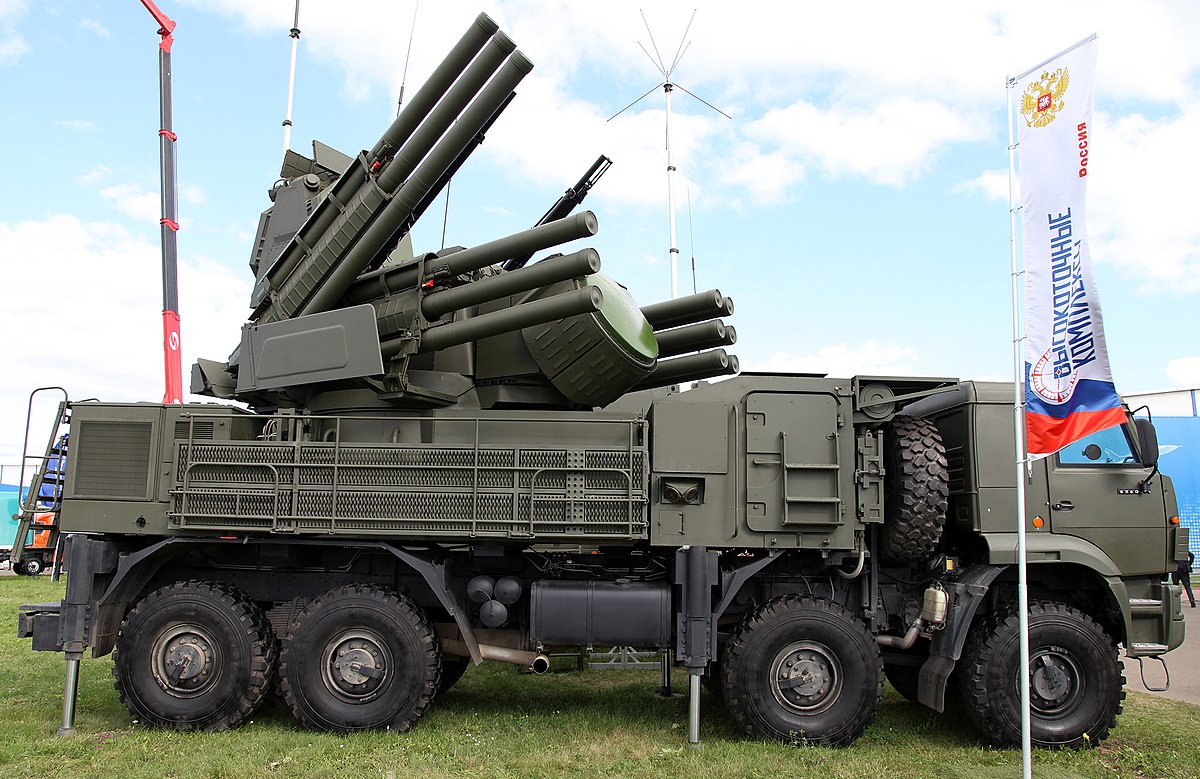
Maj. John Spencer (USA-Ret.), Chair of Urban Warfare Studies with the Madison Policy Forum, told the EurAsian Times, “Russia appears not to have basic counter-drone technologies. Many analysts believe they cannot use basic methods to jam these drones because it would interfere with their communications.”
Spencer, who is also regarded as one of the world’s leading urban warfare experts, further said, “It appears the Russians did not modernize their network/communication architecture. it causes them to talk on insecure channels (that get intercepted often) and not be able to jam even commercial off-the-shelf drones.”
Meanwhile, Roman brought up a different point: “Russians have their weapons, but their doctrine is more rigid… they do not adapt that quick and that well… it is not in their military background to do so… the Ukrainians, on the other hand, have been trained by NATO forces the last 6-8 years.”
He also remarked that because of Twitter’s algorithm, Russian UAV strikes are not widely publicized, and that “there some sort of echo chamber on Twitter at the moment… I think that the Russians (when it comes to UAVs) are not doing great, but they are not doing bad either… just ok.”
Nevertheless, the TB-2’s efficacy thus far could also be credited to the expertise of its Ukrainian operators than to Russian troops’ inexperience and operational mistakes, rather than any especially distinctive characteristics of the drone itself.
However, Its impact is expected to be restricted in the upcoming days as Russian air defense coverage improves and electronic warfare equipment begins to appear near the frontlines.
- Contact the author at ashishmichel@gmail.com
- Follow EurAsian Times on Google News


